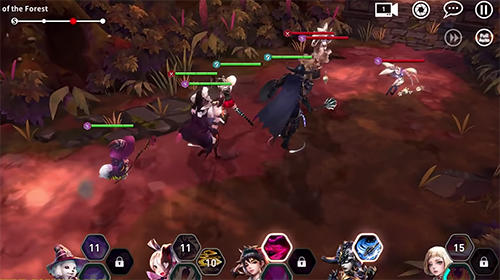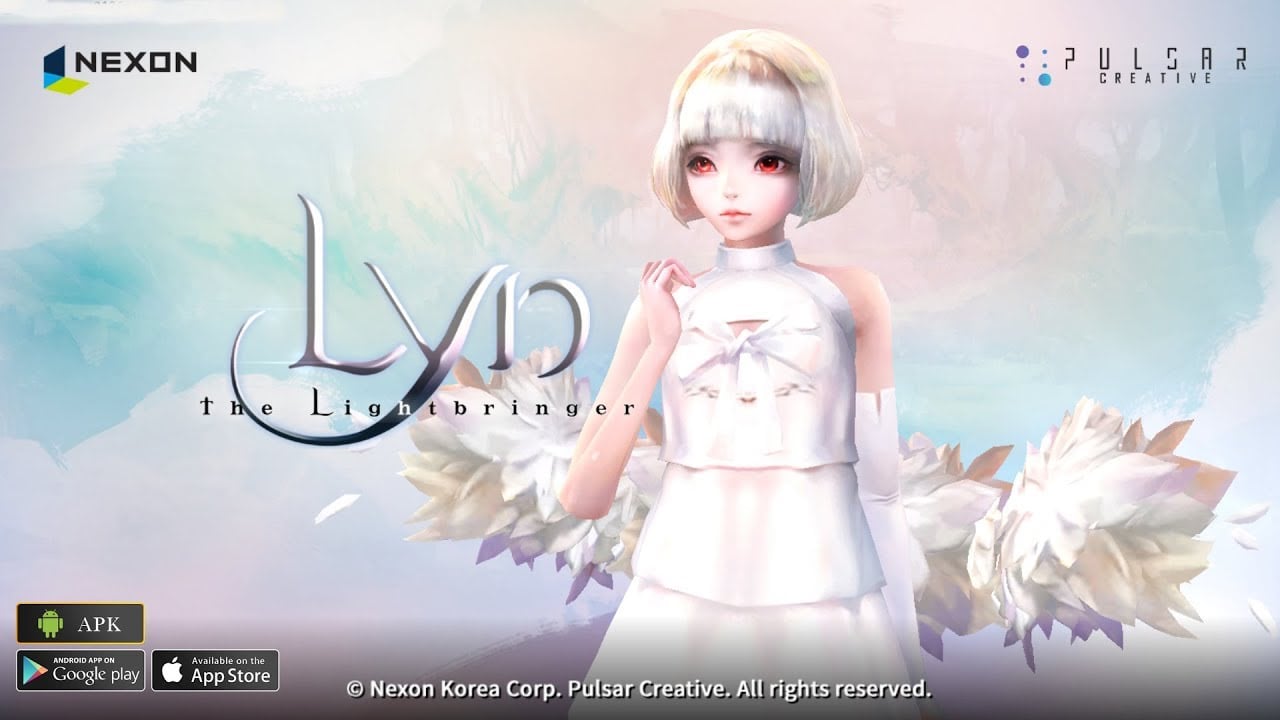Stop me if you’ve heard this one before:
A mobile studio releases a beautiful game, complete with voice acting, brilliant music, and eye-popping and artistic visuals; but doesn’t include any helpful tips on how to parse a maze of currencies, progression paths, and summoning systems.
LYN: The Lightbringer is another entry in this long-running tradition in mobile gaming, but there’s a fun and engaging game to be found here if you spend the time to learn the game’s systems.
Luckily for you, we’ve done the grinding so you don’t have to! Well, you do. But you can do it more efficiently at least. Read on for your LYN: The Lightbringer beginner’s guide!
A Currency Curriculum
Like many other gacha games, LYN: The Lightbringer has a variety of free, freemium, time-sensitive, and oddly specific currencies that you’ll have to juggle. Here’s a rundown on each of them, and what you’ll use them for.
Gold
Gold is the most plentiful currency in LYN: The Lightbringer, and is used as a secondary requirement for leveling up your characters, gear, and skills after using other consumable components.
Red Diamonds
These operate as the “freemium” currency in LYN: The Lightbringer, and as such, they’re the most important currency in the game. The game is pretty generous with them now — that can change at any time, though, so be warned.
You’ll use Red Diamonds to summon heroes and synthesize gear, revive characters, speed up timed quests, and a whole bunch of other stuff.
Green Diamonds
If you’re not planning on spending money in this game, you don’t really need to worry about Green Diamonds. They’re used in the game’s peer-to-peer marketplace, and aren’t really necessary for in-game advancement.
Blue Diamonds
These are the paid currency in the game, and are exchangeable in the market for higher-quality summon scrolls and gear chests. Personally, given that there’s no guarantee you’ll get anything worthwhile, I’d steer clear.
Guild, Friend, Arena, and Advent Coins
These coins are each earned in specific game modes, and linked to specific stores in the “Shops” section of the menu.
A quick note about Advent Coins: They expire after the special event period is over, so be warned. If you don’t use them, they’ll be gone-zo.
Building Your Team
The first thing you’ll want to do in LYN: The Lightbringer is to click through the tutorial and get to the Adventure mode. Most of the game’s systems will be explained there, and you’ll be familiar with the general flow of the MOBA-styled title by the time you get to Chapter 3.
By Chapter 3, you’ll have earned your fair share of summon scrolls, party members, and noble beasts.
Right now, the preferred team composition is:
- Three classes focused on DPS (attacker, mage, or an archer)
- Either having two tanks and a healer, or a high-tier tank and two healers to keep them alive
You’ll want to keep your tank on the front line and use HP or DEF boosts on that line, so that it draws fire away from the squishier members of your party. Makes sense, right?
Leveling Up
 Image via Mob.org
Image via Mob.org
Here’s where things get tricky.
There are tons of ways to level up and reroll in LYN: The Lightbringer, and using the wrong one or not understanding what one does can really screw you over later on.
Combining
First things first: Never use Combine on a character that is of Legendary (purple colored card) rank or above. Combine essentially acts as a reroll, allowing you to ditch two characters of max level for a character that is one star level higher.
This sounds good on paper, but in practice rarity matters more than star level given the way base stats work in the game and the relative ease by which you can evolve characters to add stars. Only use Combine on rares or below, got it?
Developing
“Develop” is how you level your team up outside of missions.
You’ll want to focus on this specifically because you can’t add stars to characters until they’re at max level. You’ll have to sacrifice a character as “development material,” but you’ll almost always have subpar characters to feed to the grist mill. Don’t feel bad about getting rid of ’em.
“Evolve,” as previously mentioned, is the way in which you add stars to heroes, altering their stats even further. Now, the game does a very bad job of explaining how evolution works, so let’s break it down this way.
- First, you need to have a character hit max level.
- Second, you need to collect “essence” to evolve them.
Essence is class-specific, so you’ll need different Essences to evolve your tank than you will for your healer. You can farm a different Essence every day in the “Challenge” section of the main menu.
Here’s the part the game doesn’t make clear:
Essences have star values too, and you’ll need a higher star value Essence to evolve a higher star character.
It sounds complicated, and it kind of is, but it’s remedied by the fact that you can combine five lower-quality Essences to create one of a higher quality. This is one of the most important things the game doesn’t tell you and it’s absolutely key for progression, especially if you don’t get good summon drops.
By the way, a lot of these same rules go for gear as well, you can combine it and develop it to make it stronger.
Staying on the Grind
The most important spot for grinding will be in the Essence Fields to ensure you’ll always be ready to evolve your characters, true, but it’s also worth mentioning that you’ll need to gear up to progress as you get into the late-game missions. The Challenge menu is where you’ll do all of this, so get familiar with it.
Thus far, it’s generally been agreed on that Normal mode offers the best reward-to-time ratio of any difficulty, and as such is the fastest way to grind up. Remember to change the difficulty in the top right when you’re setting up your party.
We’ve already mentioned the Essence Fields, but the other two most important sections of the Challenge menu are the Time Rift and Raid areas, both of which will net you some sweet gear that can really help out if you hit a progression wall in adventure mode.
For teams with low CP, and for the times when you just need to fill out an area of need on a character’s loadout, look to Time Rift since the missions are exponentially easier. Raids, however, are a lot harder, and offer much better rewards. (Of course, right?)
LYN: The Lightbringer, like many gacha games, can seem frustrating at first, given how stingy it can be with resources. Luckily, there’s actually a pretty-darn-active Discord community full of high-level players that are friendly, and eager to help newbies find their footing! We highly recommend hanging out there, especially as the game updates and more heroes are added.







Published: Mar 27, 2019 06:01 pm